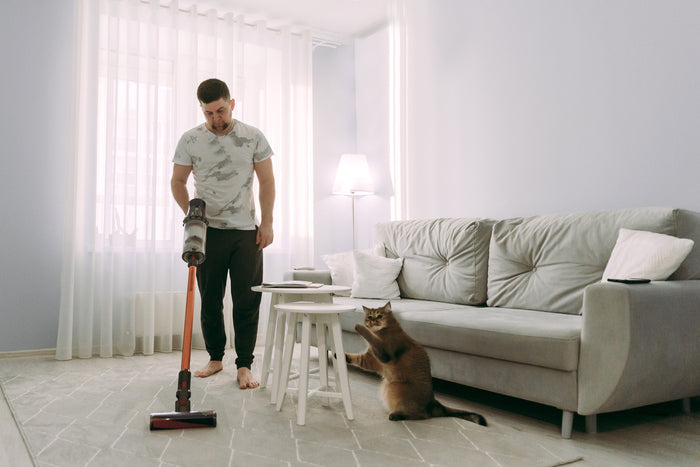Masking up the Market

With the introduction of face masks into daily life, comes a series of questions for consumers; When am I required to wear a facemask? How does it stop the spread of Covid-19? What type of fabric is most effective against germs? How should it fit? How should I wash my mask? These are all important to consider when purchasing a face mask and wearing it. Today I will do my best to answer some of the questions listed above and try and discern what face masks are the best.
Why Wear a Face Mask?
Covid-19 spreads from person to person through droplets from the respiratory system. It’s important to keep in mind that a face mask may not protect the wearer, but it may keep the wearer from spreading the virus to others. Many cities across the U.S still have order in place keeping people quarantined at home. Others have opened up greeting the need for masks to be worn. Check out the ordinances from your local government about specific face mask requirements in public.
Wear and Tear
Everyone needs instructions sometimes. Wearing a face mask isn’t rocket science, but it is just as important. Always wash your hands before putting on your face covering. Fit the mask snugly around your nose and mouth to avoid germs spreading. Not just you mouth people, this is a big one. Germs can spread from your nose too! Never ever touch your mask in public, there’s no telling what could be on your hands. Most importantly don’t forget to stay six feet away from others.
Good, Better, Best
After the first wave of Coronavirus in the U.S, hospitals across the nation faced a serious lack of N95 respirators and other medical grade face masks.This problem created a new market that has swept across the country. Face masks are everywhere. From surgical grade masks, cloth covers, bandanas and more, the American economy has jumped on the opportunity to sell to its citizens. With hospitals claiming the higher grade masks for medical work, people began to get crafty. Creating all types of coverings using different fabrics. Some worked good, others better, but only one could be the best. Let’s break down the results.
Let’s start with the basics. Everyone has seen those single use, standard PPE surgical masks. Originally invented to be used by healthcare professionals, these masks are effective in reducing the risk of infection. Surgical masks are made of non-woven materials of different thicknesses and with the bility to protect you from contact with liquids. While a surgical mask may be effective in blocking splashes and large-particle droplets, by design, it does not filter or block very small particles in the air that may be transmitted by coughs or sneezes. These masks are single use and are effective for a limited time before they become too contaminated.
N95 Respirator ‘s are made for healthcare workers and only healthcare workers.The mask is a tight fitting face covering that protects from the smallest of particles. These masks are the best of the best. Protecting the wearing from 95% of particles in the air, these masks are reserved from primary health care workers who are directly fighting the covid-19 pandemics. However, there are still really good masks out there.
Bandanas are not one of them. Gaiters and Bandanas are the least effective form of face covering on the market. Loosely covering and bandana style face masks are the least effective at protecting yourself and others. Avoid these if you can.
100% cotton masks give you the best of both worlds. They are reusable which is more eco-friendly than the alternative single use option. Cotton masks are also breathable but do tend to trap sweat and moisture. Cotton is also blended with an assortment of other materials to make it incredibly effective against the spread of partilces to and fro.
Polyester masks are great, they stretch, molding to your face. They can also be customized to add personality, but are not always easy to breathe in.
Modal masks are the most breathable and reduce sweat but get dirty easy and can occasionally rip.
Whatever mask you may choose, remember, you are not only protecting yourself but those around you.


